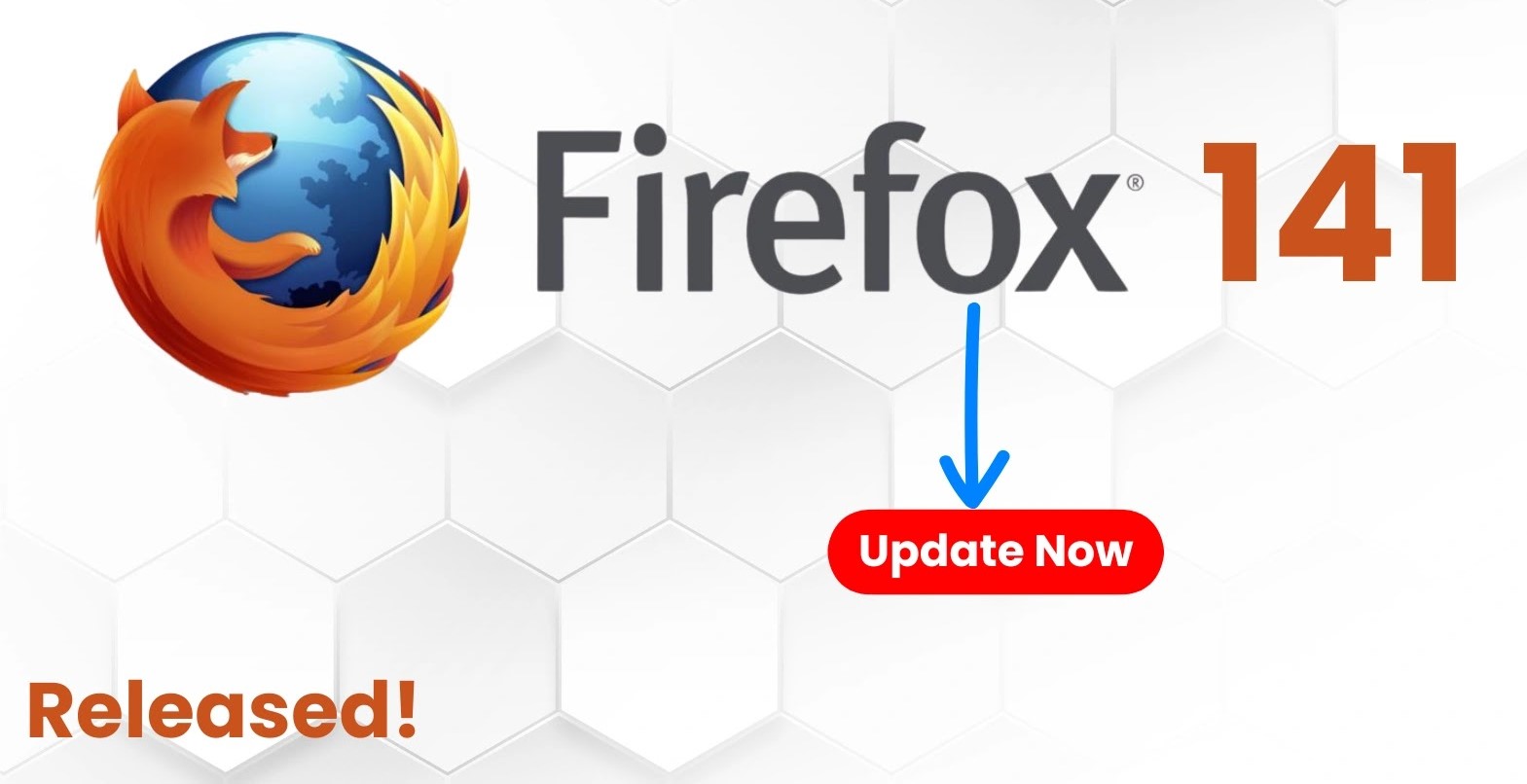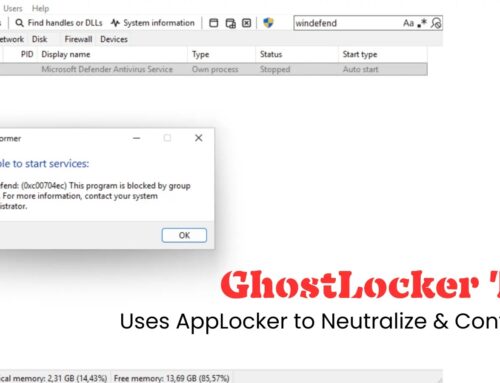
Firefox 141 Released With Fix for Multiple Vulnerabilities – Update Now
In the evolving landscape of digital threats, staying ahead is not just a best practice—it’s a necessity. Today, we’re dissecting a critical update from Mozilla that demands immediate attention from every Firefox user. Mozilla has released Firefox 141, a crucial patch designed to address a significant array of security vulnerabilities. Ignoring this update could leave your systems exposed to serious risks, including the potential for arbitrary code execution. Let’s delve into what this update entails and why you need to act now.
Firefox 141: Urgent Security Update Addresses Multiple Vulnerabilities
The Mozilla Foundation Security Advisory, announced on July 22, 2025, highlights the release of Firefox 141. This version is not just a routine update; it addresses no fewer than 17 security vulnerabilities. Among these, several are high-impact flaws that pose a direct threat to user security and data integrity. The most concerning of these flaws could potentially allow attackers to execute arbitrary code on a vulnerable system, giving them unauthorized control.
The Threat of Arbitrary Code Execution
Arbitrary Code Execution (ACE) vulnerabilities are among the most severe. They grant an attacker the ability to run their own malicious code on a target system. In the context of a web browser like Firefox, this could mean:
- Installation of malware, ransomware, or spyware.
- Theft of sensitive personal or financial information.
- Gaining control over the affected system for further attacks or to join a botnet.
- Disruption of system operations or data integrity.
The presence of such critical vulnerabilities in a widely used browser underscores the importance of timely updates. Mozilla’s swift action in releasing Firefox 141 is a testament to their commitment to user security, but the onus is now on users to apply the patch.
Key Vulnerabilities Patched in Firefox 141
While Mozilla’s advisory details all 17 vulnerabilities, the presence of flaws leading to arbitrary code execution is particularly alarming. Although specific CVE numbers linked to these high-impact flaws were not explicitly detailed in the initial summary, such vulnerabilities often include:
- Memory safety bugs: These classic vulnerabilities, often linked to CVEs like CVE-202X-XXXXX (placeholder for potential future CVEs), allow attackers to write to arbitrary memory locations, leading to crashes or code execution.
- Use-after-free vulnerabilities: Similar to memory safety bugs, these critical flaws (e.g., CVE-202X-XXXXX) occur when a program attempts to use memory that has been freed, often allowing for arbitrary code execution.
- Type confusion issues: These vulnerabilities (CVE-202X-XXXXX) can lead to out-of-bounds reads or writes, potentially allowing an attacker to execute malicious code.
Users should consult the official Mozilla Foundation Security Advisory for Firefox 141 for a complete list of patched vulnerabilities and their corresponding CVEs, once publicly available.
Remediation Actions: Update Firefox Immediately
The most crucial step you can take right now is to update your Firefox browser to version 141. Mozilla has made this process straightforward:
- For Desktop Users:Open Firefox, click the menu button (three horizontal lines) in the top-right corner, go to “Help,” and then select “About Firefox.” Firefox will automatically check for updates and download them. You’ll be prompted to restart the browser to complete the installation.
- For Enterprise Environments:System administrators should prioritize pushing this update across their networks. Regular patch management cycles should incorporate immediate deployment of critical security updates such as this one. Consider utilizing centralized update management tools or group policies for efficient deployment.
Do not delay this update. Procrastination in applying security patches creates a window of opportunity for attackers to exploit known vulnerabilities.
Tools for Vulnerability Management and Detection
Maintaining a proactive security posture involves more than just applying patches. Organizations should employ robust vulnerability management and detection tools to identify and address weaknesses.
| Tool Name | Purpose | Link |
|---|---|---|
| Tenable Nessus | Comprehensive vulnerability scanning and assessment | https://www.tenable.com/products/nessus |
| Qualys VMDR | Vulnerability management, detection, and response platform | https://www.qualys.com/apps/vulnerability-management-detection-response/ |
| OpenVAS (Greenbone) | Open-source vulnerability scanner | https://www.greenbone.net/en/community-edition/ |
| OWASP ZAP | Web application security scanner (useful for browser-related context) | https://www.zaproxy.org/ |
Conclusion: Prioritize Your Digital Safety
The release of Firefox 141 is a critical event in browser security. With 17 vulnerabilities addressed, including severe flaws that could lead to arbitrary code execution, this update is non-negotiable for anyone using Firefox. The message from Mozilla is clear: update now to protect yourself from potential exploits. Staying informed and acting decisively on security advisories is fundamental to maintaining a secure digital environment. Don’t leave your systems exposed; install Firefox 141 today.





